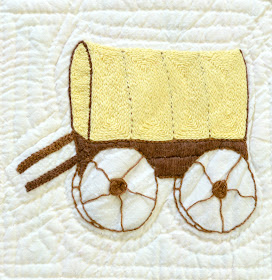I loved Hawaii long before having the chance to visit. When I was about five years old, I would see Hawaii on TV and ask Mom when we could go. She would always say, "some day..."
I was so fixated on Hawaii as a child, I told the Sunday School teacher our family was going there even though we weren't really. So embarrassing, I distinctly remember being caught fibbing, and I had to hide behind Mom's leg in shame when the teacher asked when we were going. That was around 1970 or 1971.
Hawaii seemed like the most exotic, faraway place. It was kind of like Florida, but better. The Brady Bunch went there on vacation. It looked like Gilligan's Island, but visitors weren't stranded. There were surfers and hula girls in grass skirts, coconuts, tikis and leis. All Florida had was Disney World, Lion Country Safari and Grandma & Grandpa's place in Palm Beach. Been there, done that. I never stopped dreaming of Hawaii.
In 2002, I finally got to go to Hawaii, but it was for a swimming competition. For several days we sat around the pool in wet lycra waiting to race, then collected our medallions before going back to the hotel and doing very little else. I decided to return to Hawaii some day, but not for a swim meet.
A lot of things happened in the 15 years I waited to return to Hawaii. Over the last couple years my interest in Hawaiian fabrics developed as I unearthed examples of scrap quilts representing a distinct but undocumented tradition of quiltmaking in Hawaii.
This scrap quilt came from a seller in Eugene, Oregon, and it is part of the tradition. It includes many wonderful fabrics with lots of fish, such as the humuhumunukunukuapua'a, otherwise known as the reef triggerfish, the official state fish of Hawaii.
The scrap quilt, which could also be called a patchwork blanket, was made like many of the others; lightweight and decorative, featuring crazy patchwork combined with an underlying, geometric structure. Foundation pieced on cloth with backing and edge finish but no batting or quilting, it is 54" x 66" and appears to have been made some time in the 1960s or 1970s with earlier fabrics.



















































